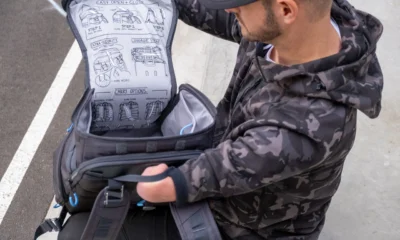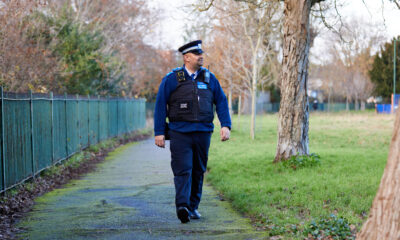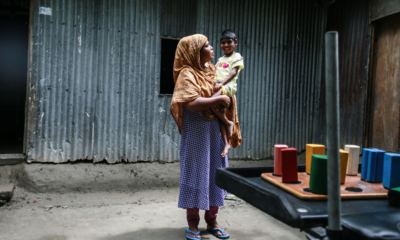Sports
Groups for Paris 2024 Paralympic Games Wheelchair Basketball Revealed
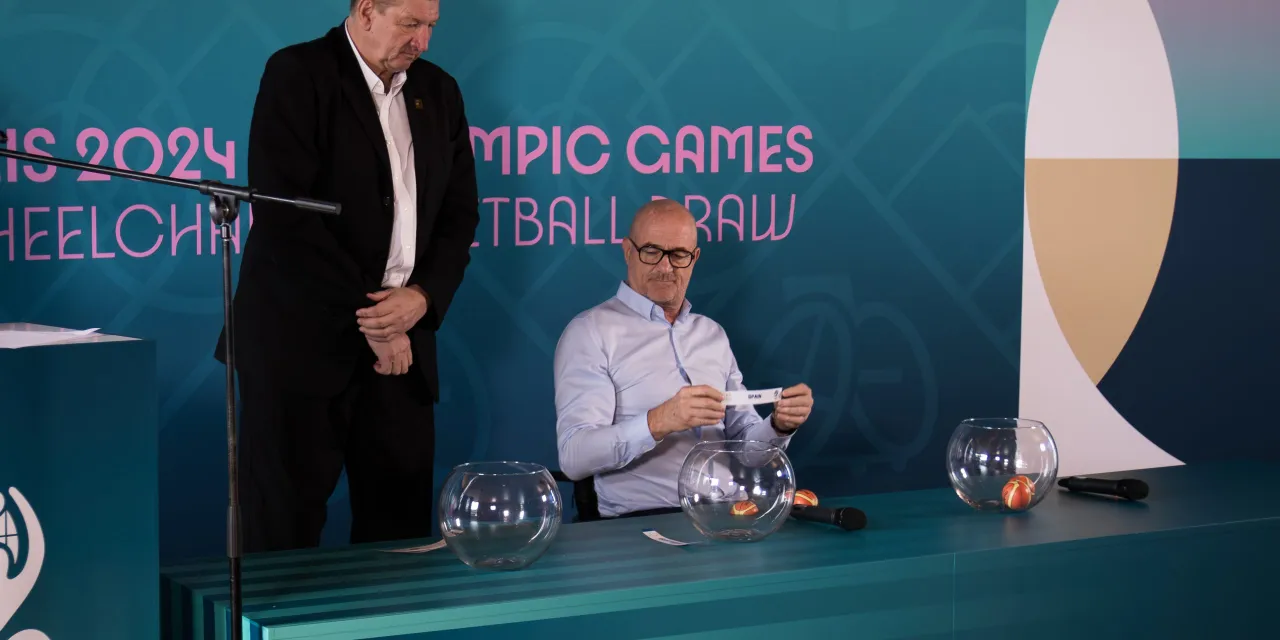
The stage is set for an exhilarating Wheelchair Basketball competition at the Paris 2024 Paralympic Games. On Friday, June 14, 2024, at the iconic Stade Charléty during the Paris Handisport Open, the Fédération Française Handisport hosted the highly anticipated group draw. This event has sparked excitement among athletes and fans worldwide as the world’s top teams prepare to vie for Paralympic glory in Paris.
Women’s Competition
The women’s competition promises intense matchups and high stakes as the teams are divided into two formidable groups.
Group A features:
- Great Britain
- China
- Canada
- Spain
This group ensures a competitive and exciting series of matches, with each team bringing their unique strengths and strategies to the court.
Group B includes:
- Netherlands (World and Paralympic Champions)
- Japan
- USA
- Germany
Group B is expected to be equally compelling, showcasing a blend of tactical prowess and athletic excellence. The reigning champions, the Netherlands, will face stiff competition from their group rivals.
Men’s Competition
The men’s competition is equally thrilling, with top-tier teams divided into two dynamic groups.
Group A consists of:
- Canada
- Great Britain (European Champions)
- Germany
- France (Hosts)
This group features a mix of European powerhouses and Paralympic veterans, promising intense and high-caliber games. The host nation, France, will be eager to make a strong showing on home soil.
Group B comprises:
- USA (Defending Champions)
- Spain
- Netherlands
- Australia
Group B is a showcase of defending champions and other strong contenders, ensuring a series of nail-biting encounters as these teams battle for supremacy.
Anticipation Builds
As the teams gear up for the Games, fans from around the globe are eagerly awaiting the thrilling competition set to unfold in Paris. The Paris 2024 Paralympic Games promise to be a spectacular showcase of athleticism, determination, and the unyielding spirit of the athletes.
Stay tuned for the schedule and more detailed coverage as we approach the Games. The Paris 2024 Paralympic Games are set to deliver unforgettable moments and inspire millions worldwide.
Fashion
Nike’s New Accessible Backpack Champions Inclusion
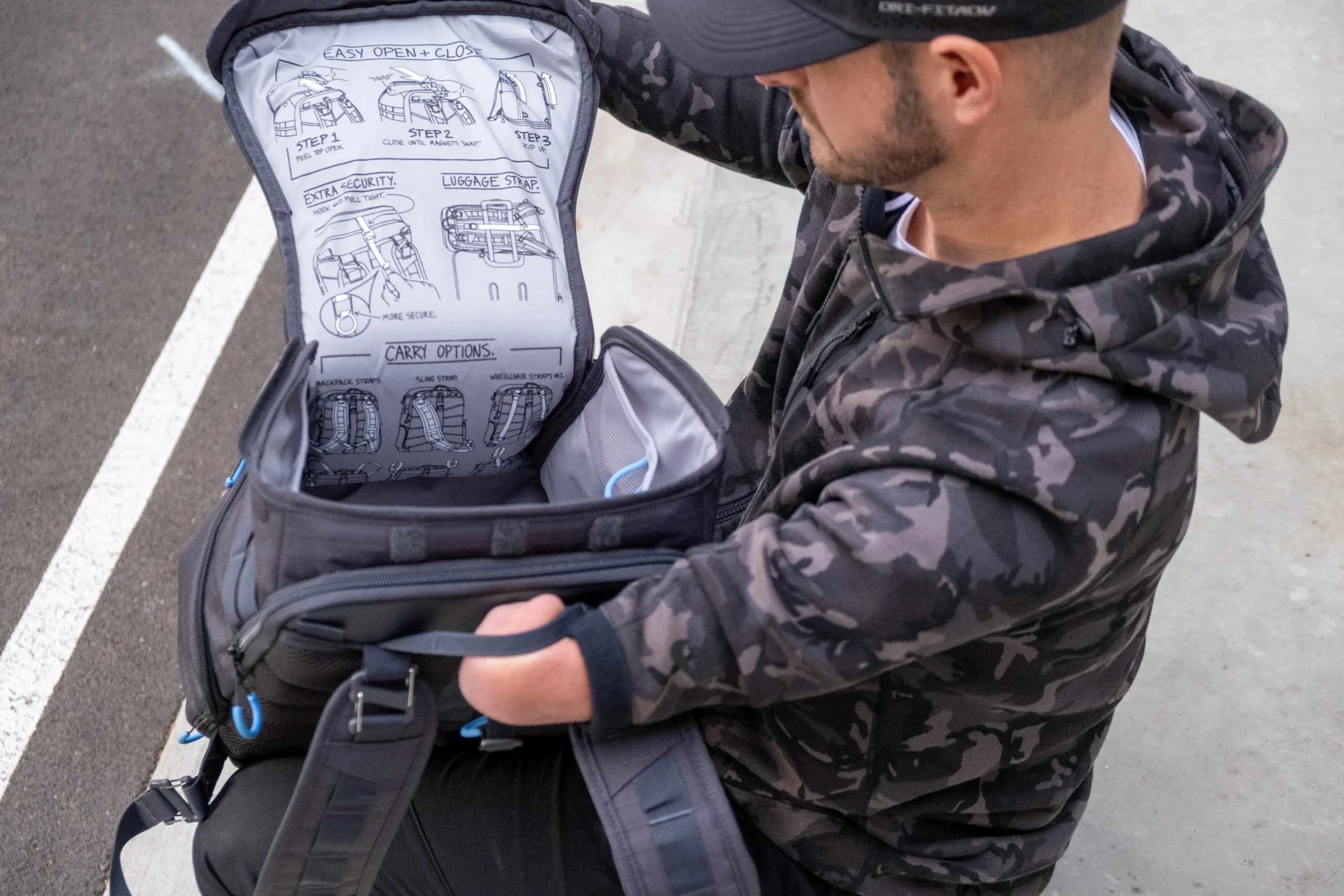
Nike, a brand synonymous with innovation and performance, has taken a bold and inspiring step forward with the launch of their latest product: an accessible backpack designed to meet the needs of people with low dexterity and other disabilities. This isn’t just a backpack—it’s a testament to how thoughtful design can empower individuals and make everyday life just a bit easier for those who often navigate a world not built with their needs in mind.
Designing with Purpose
At first glance, the backpack exudes the sleek, modern aesthetic Nike is known for, but its true beauty lies in the details. Every zipper, strap, and compartment was reimagined to prioritise ease of use. Large, looped pull tabs replace traditional zippers, allowing users with limited finger strength or dexterity to open and close compartments with ease. Magnetic closures provide a secure yet accessible alternative to traditional fastenings, and adjustable straps can be maneuvered one-handed.

The bag is designed to sit comfortably on mobility devices or to be carried with minimal strain, thanks to its lightweight materials and ergonomic structure. For individuals with visual impairments, tactile markers help locate essential features, and the color schemes were chosen with accessibility in mind, incorporating high-contrast designs.
Empowerment Through Collaboration
Nike didn’t create this product in isolation. The backpack is the result of meaningful collaboration with members of the disability community, ensuring that lived experiences shaped every aspect of the design. Advocates, designers with disabilities, and occupational therapists worked side-by-side with Nike’s team, providing critical feedback and insights.
For Kelsey Anderson, a wheelchair user who participated in the design process, the experience was empowering. “It’s not just about making something functional—it’s about showing that we deserve products that are stylish, functional, and reflective of who we are,” she said.
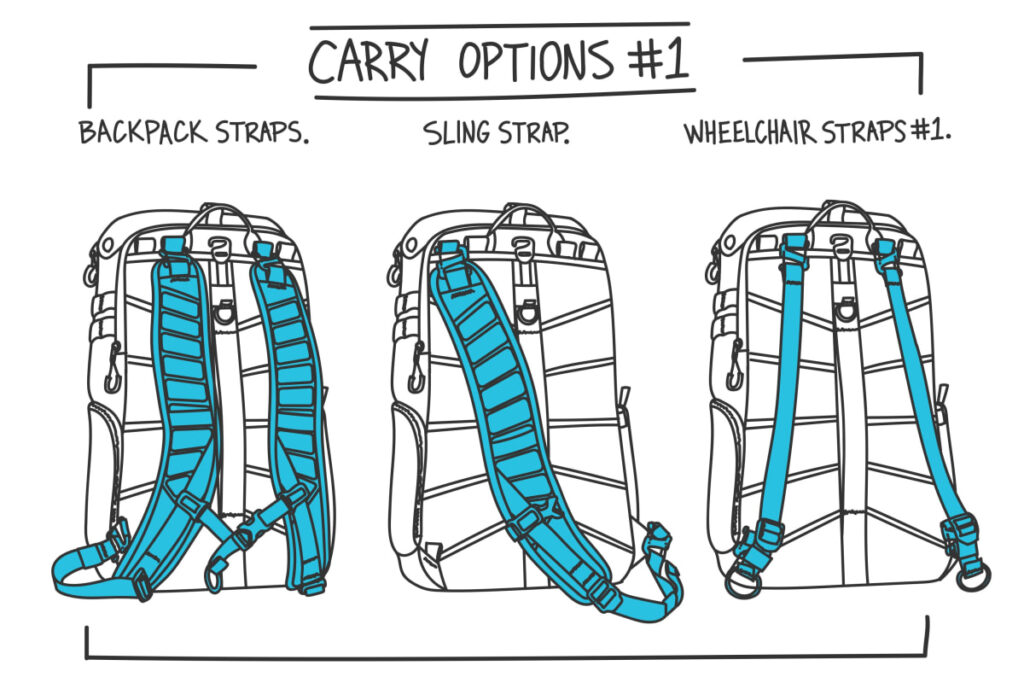
Challenging the Status Quo
Nike’s new backpack isn’t just an accessory; it’s part of a broader movement to challenge the norm in product design. Accessibility has often been treated as an afterthought, but products like this send a powerful message: inclusion is essential.
“The disability community isn’t asking for special treatment; we’re asking for equal access to the world around us,” said Nathan Ramirez, an advocate for inclusive design. “This backpack is a step in the right direction because it’s not about compromising style or utility—it’s about integrating both seamlessly.”
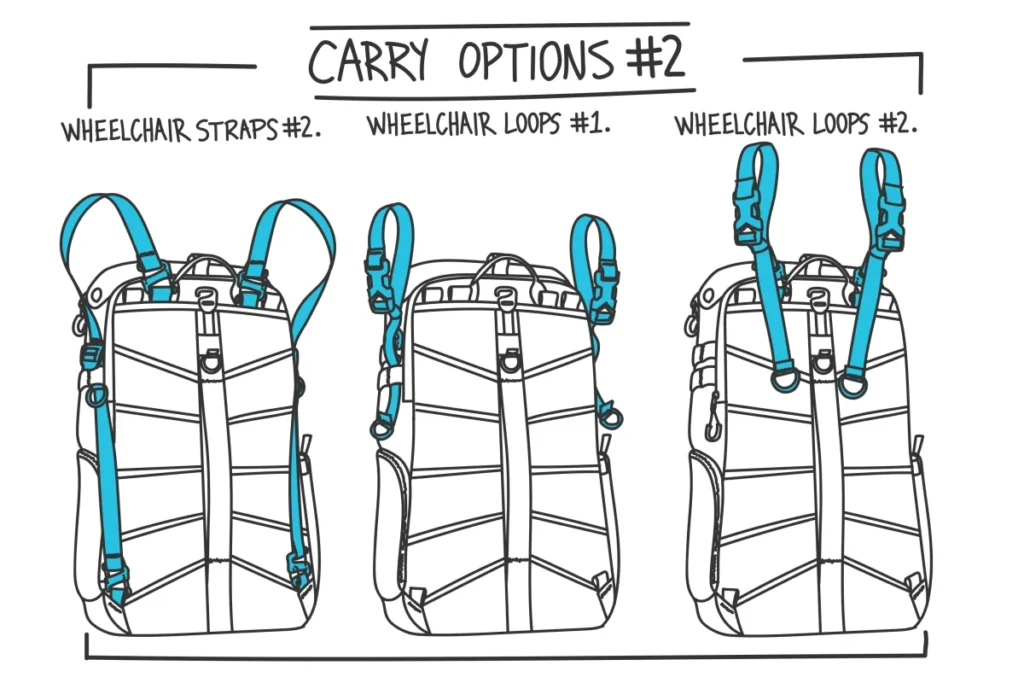
Celebrating Progress, Calling for More
The launch of the accessible backpack has sparked excitement and hope across social media. Disability influencers and advocates have praised Nike for not only addressing real needs but also setting an example for other brands.
Yet, the work doesn’t stop here. Accessibility must continue to be a priority, not a trend. Products like these prove that inclusive design is possible—and profitable. By investing in diverse design processes, companies have the opportunity to create items that serve everyone, not just the majority.
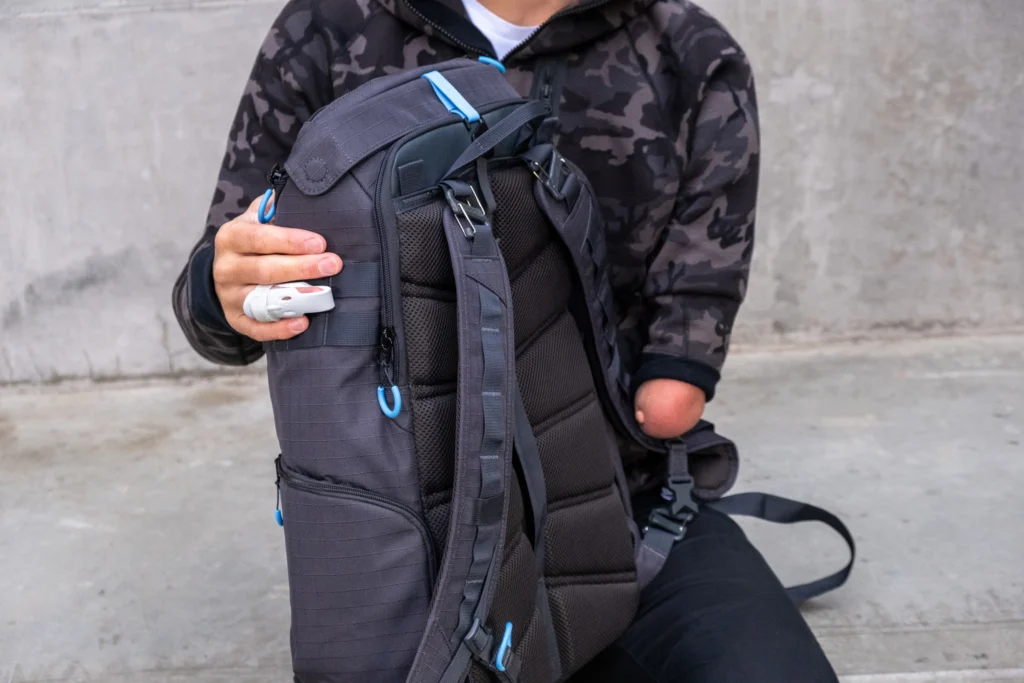
A Call to Action
Nike’s accessible backpack is more than a product; it’s a symbol of progress. It represents a shift toward a world where people with disabilities are seen, heard, and valued—not as an afterthought, but as an integral part of society.
As disability advocate Grace Rivera put it, “This isn’t just a win for us; it’s a win for everyone. Because when you design for accessibility, you design for humanity.”
Inclusion isn’t a destination; it’s a journey. With this backpack, Nike has taken a stride in the right direction, proving that when we design with empathy, we create a world that works for everyone.
Featured
Transformative Adaptive Sports Empower Veterans on Their Healing Journey
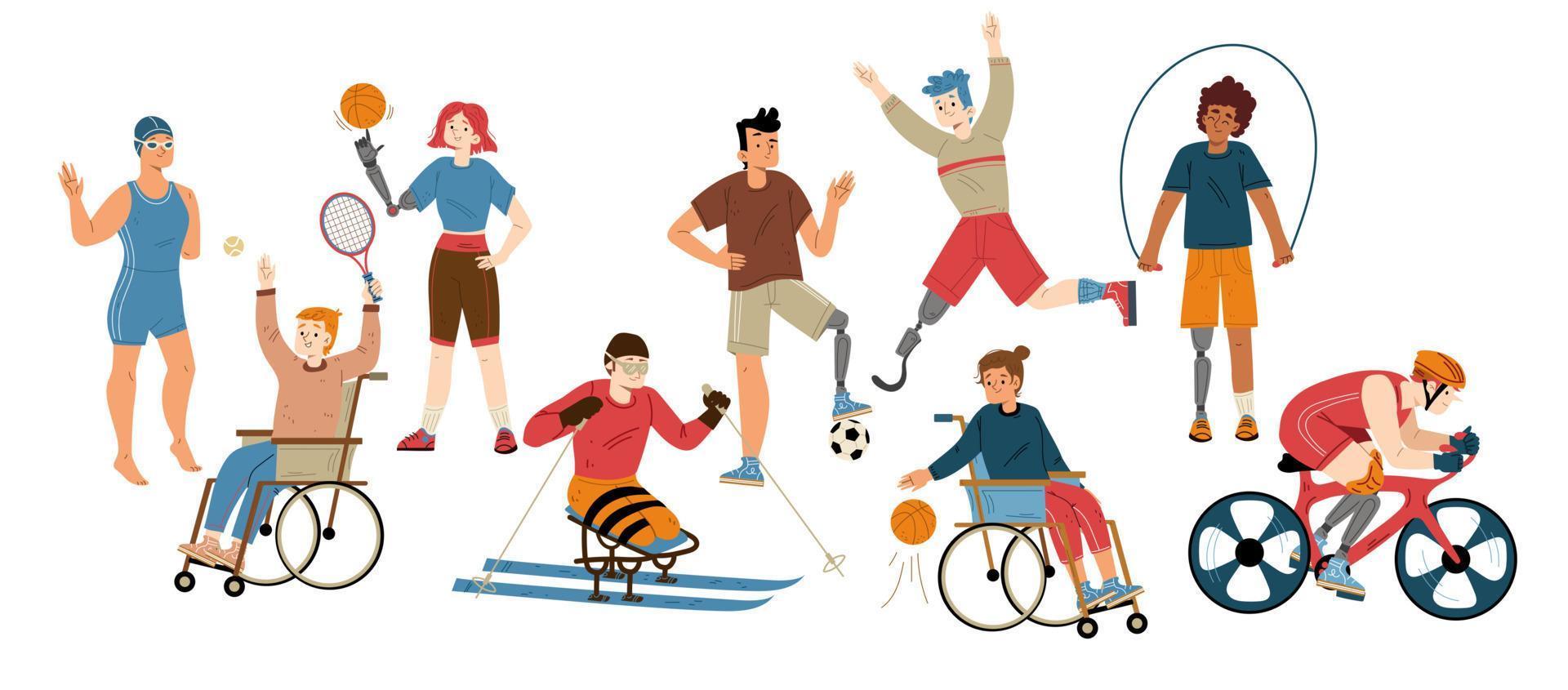
Adaptive sports for veterans are transforming rehabilitation. These sports enable disabled veterans to regain strength, confidence, and a sense of community. By participating in activities like kayaking, surfing, and cycling, veterans find new ways to enjoy fitness and overcome physical challenges.
The Importance of Adaptive Sports
More than 100 veterans from 22 states gathered in San Diego for the Department of Veterans Affairs (VA) National Summer Sports Clinic. This event is one of several VA clinics held annually to support veterans with disabilities. Through an application process, veterans are selected based on their rehabilitation needs.
The VA aims to introduce adaptive sports for veterans to promote physical fitness and well-being. VA Undersecretary for Health Shereef Elnahal emphasizes that “disability does not mean inability.” The focus of these clinics is on what veterans can achieve, not their limitations.
Veterans’ Experiences with Adaptive Sports
Marine veteran Demond Wilson, paralyzed after an injury, shared his journey at the clinic. He discovered kayaking as a favorite activity, allowing him to bond with his four children. “I’m able to actually be strong enough to get out with my kids,” he said. “Kayaking has been a real good experience for me.”
Veterans like Wilson participate in various sports, including adaptive surfing, cycling, and gym workouts. These activities are designed to build physical strength and promote teamwork.
Transformative Power of Adaptive Training
At Invictus Fitness in San Diego, veterans engage in circuit training led by Navy veteran Alec Zirkenbach. This training emphasizes “functional fitness,” utilizing movements that mirror daily activities. Zirkenbach believes that adaptive sports for veterans are essential for building strength and confidence.
Paula Fluellen, a Navy veteran from Atlanta, described her experience: “This is me stepping outside of my comfort zone, and I truly enjoyed it.” Such statements reflect the profound impact of adaptive sports on veterans’ lives.
Community and Support
The VA staff and volunteers play a crucial role in these clinics. About 300 individuals help veterans explore adaptive sports. VA spokesperson Damian McGee noted, “We focus on what they’re capable of and how far that can go.” The supportive environment encourages veterans to push their boundaries.
The VA conducts six adaptive clinics each year, including events for winter sports, wheelchair games, and a creative arts festival. Each event aims to empower veterans, showcasing their capabilities through adaptive sports.
Adaptive sports for veterans provide invaluable opportunities for rehabilitation, fitness, and community building. By participating in these activities, veterans can regain their strength and discover new passions. The focus remains on potential, proving that every individual can thrive despite their challenges.
Featured
Life, struggles, and triumphs of Jessica Long

Born in Siberia, Russia, Jessica Long faced an uphill battle from the start. Fibular hemimelia, a rare condition affecting her leg development, presented an immense challenge during her childhood.
Jessica’s young mother, overwhelmed by the situation, made the difficult decision to place her in an orphanage. But hope would later arrive for 13-month-old Jessica, when Beth and Steve Long, a couple from Baltimore, Maryland, adopted her.
Years later, Jessica found herself growing up in a new home, and she soon embraced life in America through exploring various sports, including gymnastics, ice skating, rock climbing, and even trampolines.
Amidst difficulties, Jessica persevered. This resilience, coupled with her unwavering determination, led her to the pool. It was in the water that Jessica truly found her calling.
The path wasn’t without roadblocks. However, her inherent strength and unwavering spirit propelled her forward. Soon enough, Jessica was recognized as Maryland’s Female Swimmer of the Year with a Disability.
At the young age of 12, Jessica’s competitive career reached a defining moment at the 2004 Athens Paralympics. Having only honed her skills for two years, she defied expectations and stunned the world by claiming three gold medals. This accomplishment, even surpassing the aspirations of swimming legend Michael Phelps (with whom she would later train for Rio 2016), and transformed Jessica as a force to be reckoned with.
Jessica’s journey has not been solely about medals. Her 23 gold medals for Team USA made her one of the most decorated international athletes. However, beyond the accolades, she has transcended her victory to become a symbol of inspiration for future generations.
“The only disability in life is a negative attitude”, she often voiced.
Jessica has since overcome her physical limitations and become resilient enough to chase her dreams, no matter the obstacles. Her achievements stand as a powerful reminder that disability isn’t the end of life. With an unwavering determination and a positive outlook, persons with disabilities can also become great and influential people across the world.
By: Yahuza Bawage
For the latest updates, Download P+us app available on Google App Store



